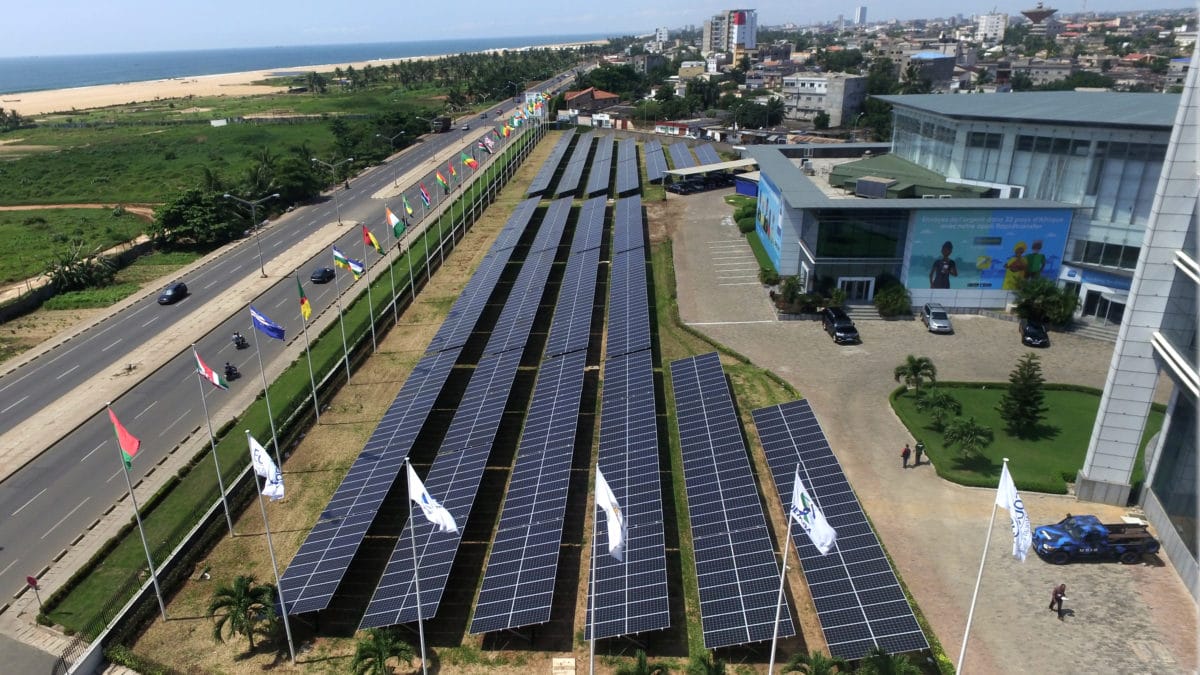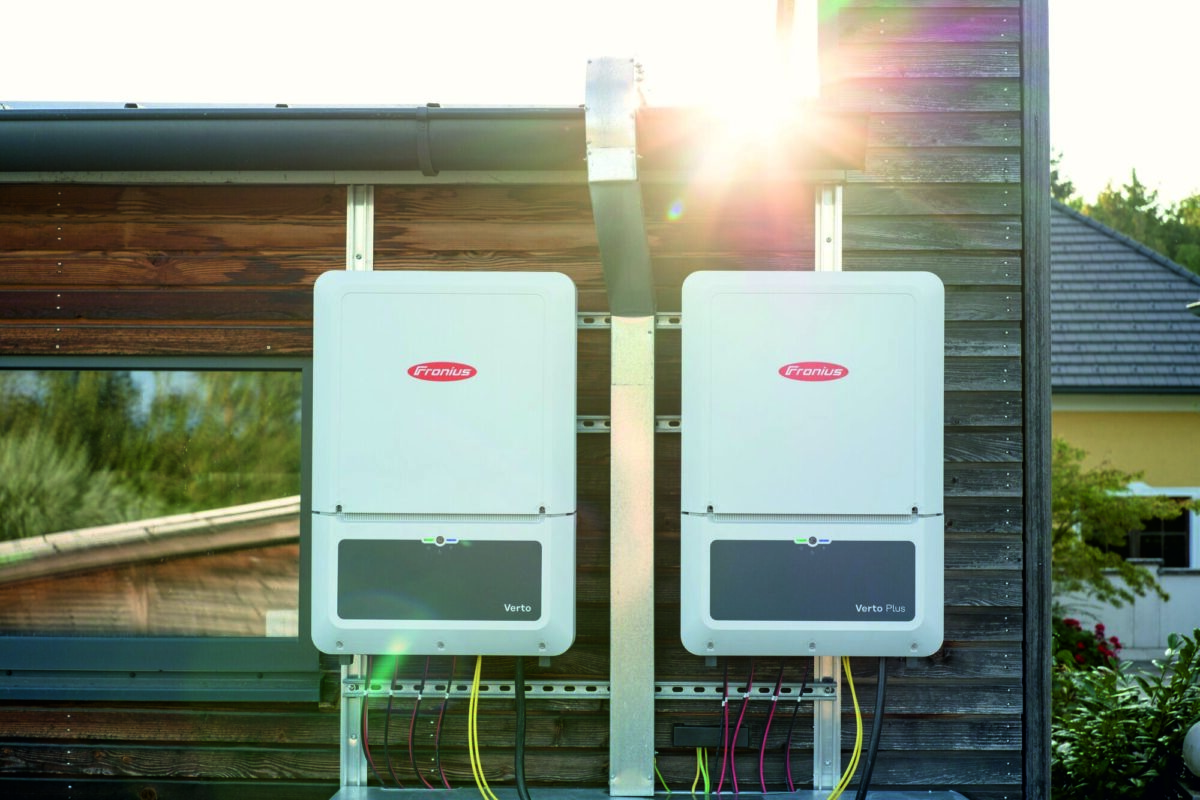Any lingering hopes that the bid to secure universal access to electricity this decade would help consign fossil fuel use to history in Africa have been dashed by the latest report to come out of the International Energy Agency (IEA).
The organization's “Africa Energy Outlook 2022” study anticipates oil and gas will continue to supply 85% of North Africa‘s energy in 2030. The IEA also said that cheap local coal will continue to dominate in South Africa at that point. The IEA report centers on a sustainable Africa scenario (SAS), which foresees the continent achieving all of its energy-related sustainable development goals on time by 2030.
A separate section of the 250-page study noted that one-fifth of Africa's liquefied natural gas facilities are at risk of coastal flooding. The IEA also found that almost 45% of the continent's residents who currently lack access to electricity would be better served by an expansion of national grids than by off-grid systems, with the latter only deployed in hard-to-reach locations, under the report's SAS model.
On the solar front, the document predicts a levelized cost of energy of $0.018/kWh to $0.049/kWh by 2030, cheaper than wind power or gas. That will mean the anticipated 125 GW of new solar generation capacity by 2030 would make up more than 40% of new power production capacity, the IEA predicted.
That figure is expected to include around 225 MW per year of solar minigrid capacity, from 2021 to 2030. Off-grid networks are set to dominate in nations such as Somalia, which have an almost non-existent power network.
For hydrogen, the three megatons (Mt) per year of unabated fossil fuel-based gas produced today could rise to more than 5 Mt by 2030. But only 15% of the latter figure would be what the IEA terms “low carbon,” a phrase which includes gas produced from fossil fuels fitted with carbon capture technology.
Hydrogen outlook
By the end of the decade, hydrogen could be produced in Africa for less than $2/kg, making it competitive with exports from the Middle East and southern Europe. The production figure would rise to 20 Mt by mid century, under the IEA scenario, with 80% of it “low carbon” by then.
The SAS model would generate 4 million energy-related jobs by 2030, the report stated, mostly to ensure universal access to electricity. But it would come at a price. The IEA said the average annual energy investment figure of $99 billion recorded in Africa from 2016 to 2020 would have to rise to $192 billion per year in the 2026 to 2030 period.
Achieving aims such as universal access to electricity will require an expansion in natural gas use, according to the IEA. Rising demand for domestically produced natural gas, much of it in currently unexploited reserves, would also take the edge off falls in export income for the fossil fuel as the rest of the world embraces the energy transition by 2030, the report stated. In addition, expansion of natural gas production would help Europe to wean itself off Russian gas, the Paris-based IEA noted.
This content is protected by copyright and may not be reused. If you want to cooperate with us and would like to reuse some of our content, please contact: editors@pv-magazine.com.




8 comments
By submitting this form you agree to pv magazine using your data for the purposes of publishing your comment.
Your personal data will only be disclosed or otherwise transmitted to third parties for the purposes of spam filtering or if this is necessary for technical maintenance of the website. Any other transfer to third parties will not take place unless this is justified on the basis of applicable data protection regulations or if pv magazine is legally obliged to do so.
You may revoke this consent at any time with effect for the future, in which case your personal data will be deleted immediately. Otherwise, your data will be deleted if pv magazine has processed your request or the purpose of data storage is fulfilled.
Further information on data privacy can be found in our Data Protection Policy.